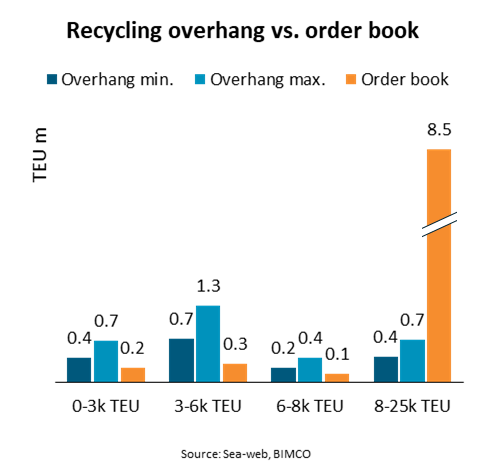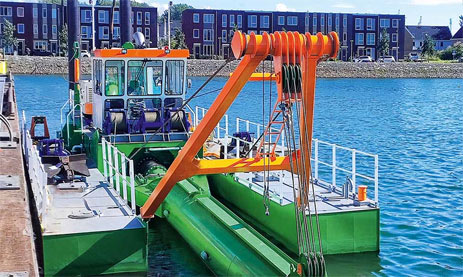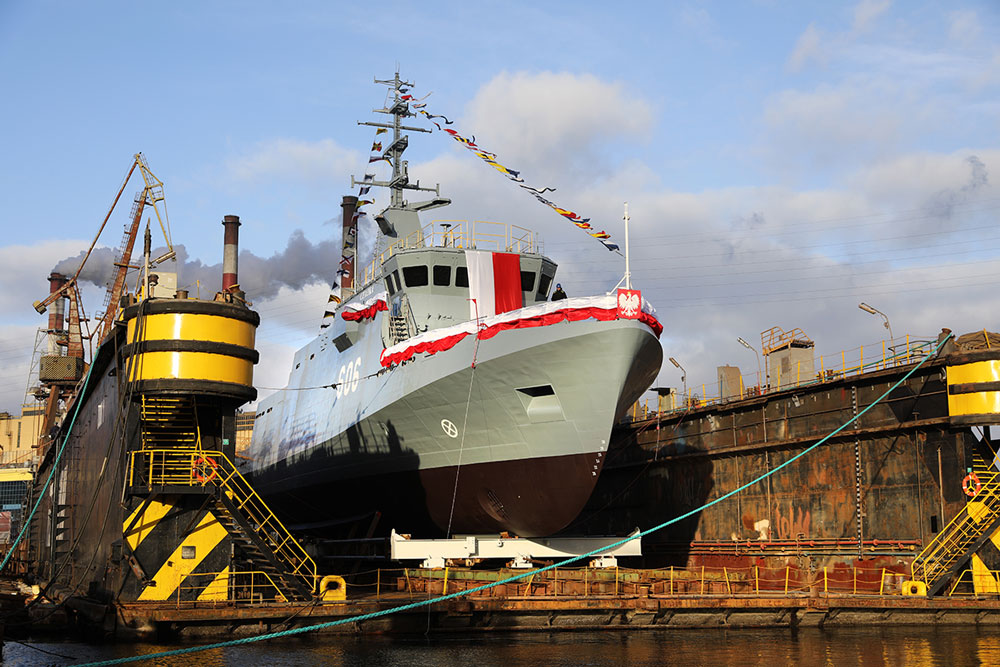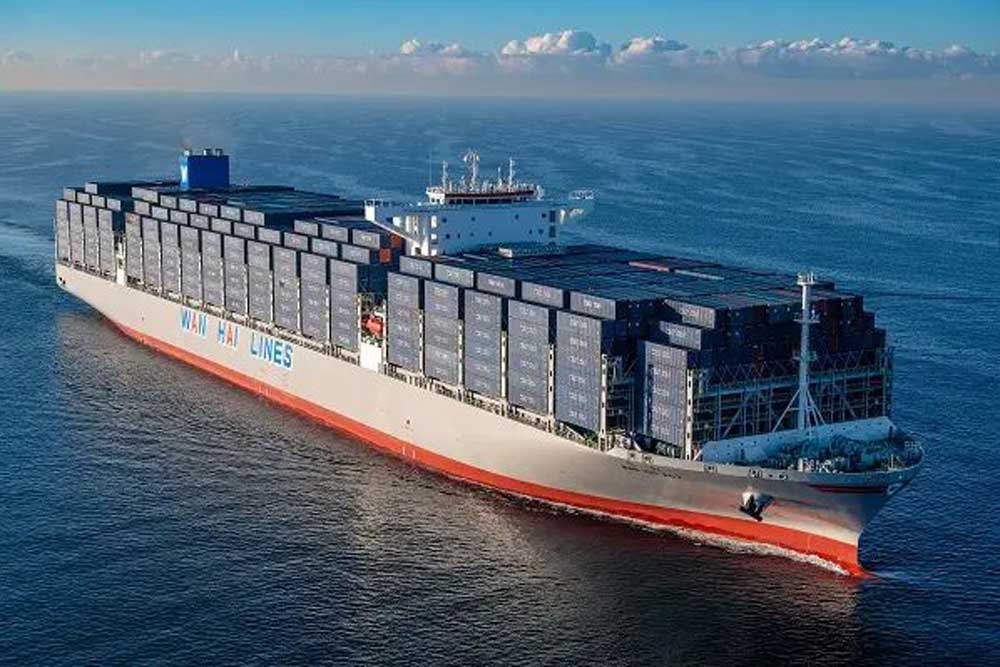According to Bimco, there is currently a recycling surplus of 1.8 million TEU. However, the actual figure could be significantly higher.
So far this year, only ten container ships have been recycled. The shipping organization Bimco estimates that there is currently a backlog of at least 500 ships and a capacity of 1.8 million TEU.
“This continues the low recycling activity that has persisted since 2021, as many ships have been in service beyond their usual recycling age,” says Niels Rasmussen, Chief Shipping Analyst at Bimco. According to the organization, the proportion of ships that are 20 years or older has risen from 16% in 2020 to 24% today. The proportion of older ships has not been this high since the early 1970s.
The calculations are based on historical recycling patterns in order to determine the average life cycle for each size segment of the fleet. According to this, between 2000 and 2019, around 20% of ships were recycled before their 20th year of service and 53% before their 25th year of service.
“Based on the average recycling pattern between 2000 and 2019, we estimate the current minimum recycling overhang to be 500 ships and 1.8 million TEU,” Rasmussen continues. “Before the financial crisis, a strong market led to low recycling, but from 2009 onwards a weaker market and more recycling dominated. Overall, the period from 2000 to 2019 should therefore be a good reflection of recycling under average market conditions.”
However, Bimco admits that this is a minimum estimate. The actual recycling requirements over the next few years could be significantly higher. Reasons for this include the high demand for newbuilds, the risk of a decline in demand for ships that will once again sail the route through the Suez Canal from 2026 and the legal requirements to improve ship efficiency.
“Future recycling difficult to estimate”
“We have therefore used previous ship recycling rates during the weaker market conditions of the 2010s to estimate the current maximum recycling surplus,” Bimco said. “This results in an estimated maximum overhang of 850 ships and 3.1 million TEU.”
According to one estimate, recycling the 1.8 to 3.1 million TEU could take years. By comparison, the highest ever annual recycling figure was achieved in 2016 with 185 ships and 0.6 million TEU.
“Future recycling is very difficult to estimate accurately,” concludes Rasmussen. “However, our estimates indicate a surplus of 6 to 10% of the ships currently in service, which corresponds to 33 to 55% of ships older than 20 years. It is worth noting that the estimated backlog is larger than the order book for all ship segments below 8,000 TEU. This could indicate that fleet growth in the coming years will be driven exclusively by the larger vessels, which in turn could lead to a further shift of larger vessels to routes where smaller vessels are currently deployed.”















